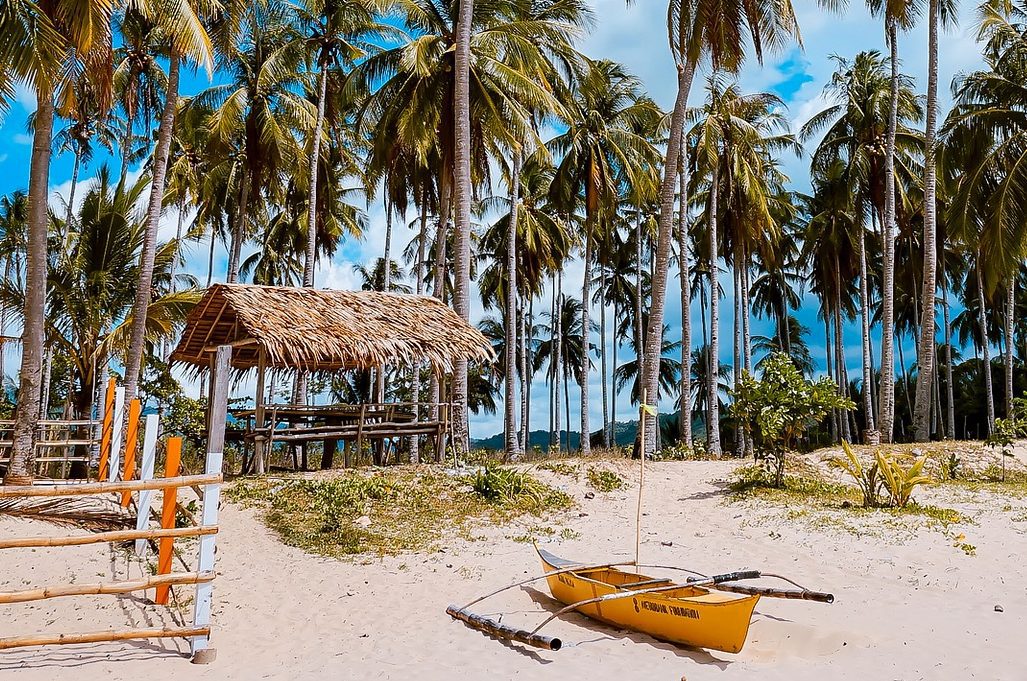Skift Take
For a nation that relies on tourism as a significant engine of growth — the sector had contributed around 13 percent to the gross domestic product — it's time for national and local government officials to move in one direction and attack the Covid problem together.
Veteran tour operator Jose C. Clemente III was perplexed. The Philippine government on July 3 announced that vaccinated individuals no longer needed to submit negative Covid-19 test results prior to their travel from one quarantined zone to another.
In the Philippines, which has garnered a reputation for having the longest lockdown in the world, areas are grouped into quarantined zones according to the magnitude of Covid infections. With the new policy, any vaccinated Filipino can now travel from a low community quarantine zone to high community quarantine zone, and vice versa. This directly impacts many leisure destinations in the country, many of which are under different quarantine statuses.
And their lies the problem: confusion, and ever-changing policies that have hampered the Philippines recovery and certainly its grand plans from pre-Covid to take tourism to a new level.
Clemente, who is also the president of the powerful Tourism Congress of the Philippines, told Skift that “while we welcome any initiatives to make traveling around the country more convenient for our tourists, there is still a need to exercise extreme caution as the virus is still with us.
“Moreover, only a small percentage of our population has been vaccinated so far and medical experts believe fully vaccinated persons can still acts as carriers,” he added.
It’s been a no-win situation in a country whose gross domestic product had been 13 percent dependent on tourism.
With a population of 109 million, the administration of president Rodrigo R. Duerte, intends to vaccinate at least 58 million by yearend, which represents 70 percent of the population of highly urbanized areas. But delays in vaccine purchases, global supply issues, along with politicking in the distribution of doses, have slowed the vaccine rollout. As of July 8, some 12.7 million doses have been administered, but just 5.5 percent of the target population, or 3.21 million individuals, are fully vaccinated.
Three days after the new travel policy was announced, Philippines Health Secretary Francisco Duque III said the national government would discuss it again, citing blowback from local government officials. Most said they were not consulted. Moreover, how could they validate the vaccination cards, when even Covid test results have been faked by revelers just to go to the beach?
Clemente, on Twitter now, scoffs, “You never learn,” referring to the government. “You just gave us those in tourism a headache. You should have studied the big picture first before issuing a resolution that will be difficult to implement.”
Green countries
Duque’s double-take is symptomatic of the seeming directionless Covid policy planning of the Duerte administration, with travel restrictions changing almost weekly, and contradicting previously issued policies.
At the end of June, for instance, Manila announced a list of “green countries” from which vaccinated individuals would be accepted, entitling them to just a seven-day quarantine instead of the usual 14. This covers only Filipinos returning after completing job contracts abroad, or visiting during the school break, retirees with special visas in the country, and diplomats. Foreign leisure tourists continue to be barred from entering the Philippines.
Not included in the list of green countries is the United States, home to over 4 million Filipino-Americans, many of whom have been eager to visit their relatives here. It was just in December when the national government, with the prodding of the Department of Tourism (DOT), started allowing “balikbayan” (homecoming for Filipinos) to spend Christmas with their families in the Philippines. It was the DOT’s initial stab at inbound tourism.
Tourism secretary Bernadette Romulo Puyat can only shrug. “In every [Covid task force] meeting, I constantly bat for the lifting of more travel restrictions to help tourism stakeholders regain their footing. But we always have to defer to the health experts, to the DOH.” The DOH said the more contagious Delta Covid variant has already been recorded in the U.S., thus, the reason for leaving it out of the green list.
Different apps, different requirements
With inbound tourism still a large question mark, the DOT has been pushing for domestic travel, urging more provinces to reopen to local tourists. So far, among the globally recognized leisure destinations accepting domestic revelers are Boracay, Panglao Island in Bohol, Baguio City in Nothern Luzon, El Nido in Palawan, and Siargao Island in Mindanao.
But the local travel requirements are as numerous and different as the number of islands in the Philippines, such that the DOT has felt the need to come up with its own travel app to inform tourists of each destination’s requirements. Baguio, for example, started accepting vaccination cards as an entry requirement, but in Boracay Island, famous for its creamy-white-sand beach, continues to require vacationers to submit negative RT-PCR test results.
A survey by the prestigious Asian Institute of Management for the DOT released in February, indicated that the different travel and safety protocols discourages tourists. “The varying [local government] safety protocols…is the top source of travel inconvenience. The presence of a unified system that outlines the set of standard protocols in various travel destinations will help ease travel arrangements.”
The Daily Newsletter
Our daily coverage of the global travel industry. Written by editors and analysts from across Skift’s brands.
Have a confidential tip for Skift? Get in touch
Tags: coronavirus, philippines, tourism
Photo credit: A sight from one of the more than 7,000 islands in the Philippines. David Mark / Pixabay
